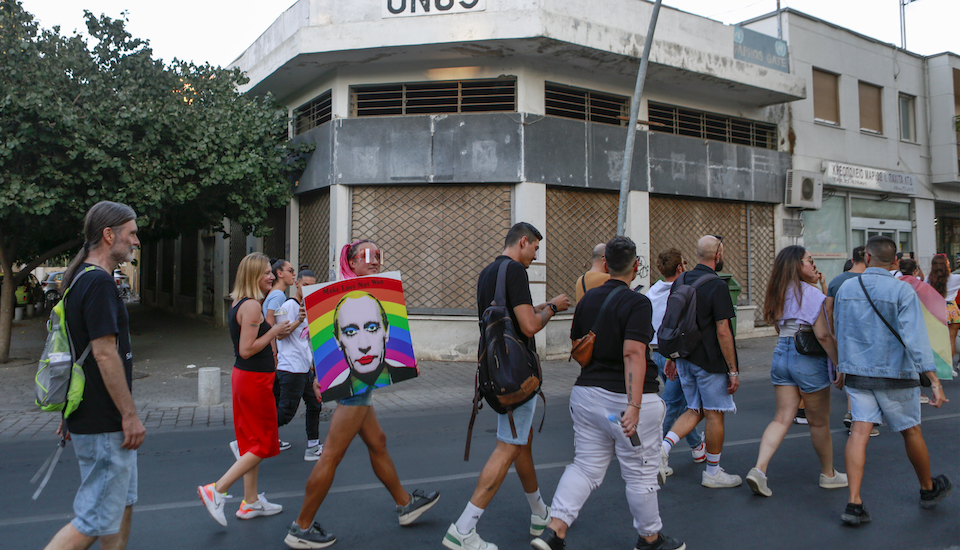Dr. Daniel White FRSA asks whether blockchain technology could revolutionise the special educational needs and disabilities (SEND) system by 2030.
In 2014, the most sweeping set of reforms to legislation relating to children and young people with special educational needs and disabilities (SEND) were introduced in England by the UK government. Beyond replacing the old “statements of SEN” with holistic, interdisciplinary education, health and care plans (EHC plans), the new legislation and statutory guidance reworded the legal test for determining which children and young people would be eligible for assessment by their local authority.
Unfortunately, whilst the SEND reforms did much to make the system in England more progressive, improvement is the opposite of what has happened since 2014. Tribunals are ubiquitous with SENDIST (the service that handles appeals relating to EHC plans) utterly overwhelmed by the number of parents appealing local authority decisions. Wealthier parents are mobilising their resources to have the tribunal compel local authorities pay for their children to attend private schools, with the consequence that the high needs block is overspent nationally: it is not uncommon for these placements to cost around £100,000 per annum.
Some lawyers and unqualified ‘advocates’ are doing well out of this – some charging up to £500 an hour – whilst making guarantees of getting parents ‘whatever they want’ from the local authority. Meanwhile, social care and health services are regularly failing to assess children and young people, or shirking their responsibilities towards these vulnerable individuals. For example, many local authorities are failing to meet the revised, shortened 20-week timeline due to the volume of children and young people requiring assessment, chronic staff-shortages due to widespread burnout, and the failure of external services to engage with the local authority.
Some schools are forced to falsify evidence relating to their children to meet arbitrary thresholds for assessment, which does not really exist in law in any meaningful way since the reforms. And even when not fabricating paperwork, simply to get a child seen by a professional, much labour is expended by schools engaging in bureaucratic paper-shuffling to get funding for the children who do need support due to the number of pupils requiring SEN support and schools’ limited resources. The list of ills is without end, but complaints do not get us towards a solution.
The reforms are not bad in and of themselves; instead, the government was too progressive in its legislation for the time it was issued: at least, too far ahead of the bureaucratic capabilities of local authorities.
The bureaucratic system, which encased the earlier system of SEN statements, was well suited to that task: the administration and assessments for statements were dealt with in-house by the Local Educational Authority (LEA) and could still be carried out through and in physical paperwork and files. For their successors’ part, EHC plans – which can involve a wide range of professionals – are the product of education-led commissioning with a quasi-digital/paperwork system in play; to the point where emails are used as evidence for EHC plans and before judges at tribunal, and where the LEA is mostly having to coordinate professionals external to the local authority.
Bureaucratic frameworks demonstrate their efficacy (or, conversely, inefficiency) based on their ability to retain or expand social capital, chiefly ‘trust’: parental trust in the LEA, LEAs trusting its partners to cooperate, parents trusting schools and professionals in their assessments of their children and so on. But what if we remove the requirement to expend ‘trust’ from the system?
Blockchains are lists of records; however, they differ from traditional data storage techniques in that the records are validated, duplicated, and distributed across a network rather than a centralised server. The decentralisation of the blockchain makes it less vulnerable to “hacks” or malicious editing because the blockchain as a system is self-verifying: the nodes all have to agree in the data they record. Whilst the blockchain was originally intended to facilitate a fully digital currency, blockchains like Ethereum enable users to write “smart contracts”. Smart contracts enable the blockchain to be used for applications (called distributed apps) beyond simply acting as a financial ledger. All these features make blockchain a “trust-free” data management technology.
Key features of blockchains would help to bring LEA bureaucratic capabilities up-to-date with the 2014 reforms.
One is the decentralised nature of the blockchain. Whilst there are certainly issues to consider around personal data storage in line with GDPR, the possibility of a private interagency blockchain (otherwise known as a distributed ledger) to verify and share information about children and young people known to a local authority SEND service would resolve many issues, first and foremost by making holistic assessment truly possible and ensuring timely intervention by integrating services on a bureaucratic level for the purposes of assessment, monitoring and review.
Blockchain technology would remove the need to trust in a centralised data controller, such as a school, accurately representing the child’s needs and support received in a submission: the data relating to the child’s needs for support and provision received could be added to the distributed ledger day-to-day by the school and following appointments by professionals in much the same way that attendance information is gathered by the LEA to guarantee school attendance. As all this data would automatically be shared with the LEA, processes around initiating assessment – for example – could become self-executing; the same goes for other services.
Blockchain’s original design as a financial ledger also enables real-world verification of data submitted by tracking actual expenditure on support.
EHC plans could therefore be converting the binding sections of EHC plans from quasi-digital legal contracts reliant on trust and manual remittance to “trust-free” smart (legal) contracts with a self-executing pay-on-delivery reimbursement mechanism once support costs are recorded as sent or spent by a partner institution. This would also improve the quality of the evidence submitted to tribunals (and, one hopes, the decisions made by judges) by providing clear quantitative data on the exact cost of a child’s support.
Blockchain technology came on leaps and bounds in the 2010s and will continue to grow into the 2020s with Ethereum 2.0 on the horizon and with millions of Britons holding cryptocurrency. We are not quite at the point where the technology could be implemented by LEAs to resolve the dilemmas of the SEN system in England, but by 2030 it is my hope that bureaucracy will have caught up with the progressive ambitions of the 2014 reformers.
Daniel works with local authorities as a Statutory SEND Consultant and is also a Research Scholar of Icelandic Philology at the Ronin Institute. He is enthusiastic about the possibilities of novel technology to improve government administration and research management.
To correct this error:
- Ensure that you have a valid license file for the site configuration.
- Store the license file in the application directory.
Related articles
-
Young at heart
Journal
Jonathan Prosser
Becoming a nation with children at its centre in 10 courageous steps.
-
Open RSA knowledge standards
Blog
Alessandra Tombazzi Tom Kenyon
After investigating ‘knowledge commons’, we're introducing our open RSA standards and what they mean for our practice, products and processes.
-
Worlds apart
Comment
Frank Gaffikin
We are at an inflexion point as a species with an increasing need for collaborative responses to the global crises we face.




Join the discussion
Comments
Please login to post a comment or reply
Don't have an account? Click here to register.
I would say that blockchain is a "chain" of records. This is what makes them immutable as tied to each other rather than listed separately on top of each other. That said Daniel is right in proposing blockchain as a future solution for SEND. The technology lends itself perfectly to the issues he describes. Blockchain will indeed not only continue to grow until it is more widely adopted by society. This may be true for the blockchain solutions I proposed for publishing (see my article in RSA Comment) and equally for SEND, or other sectors of application.